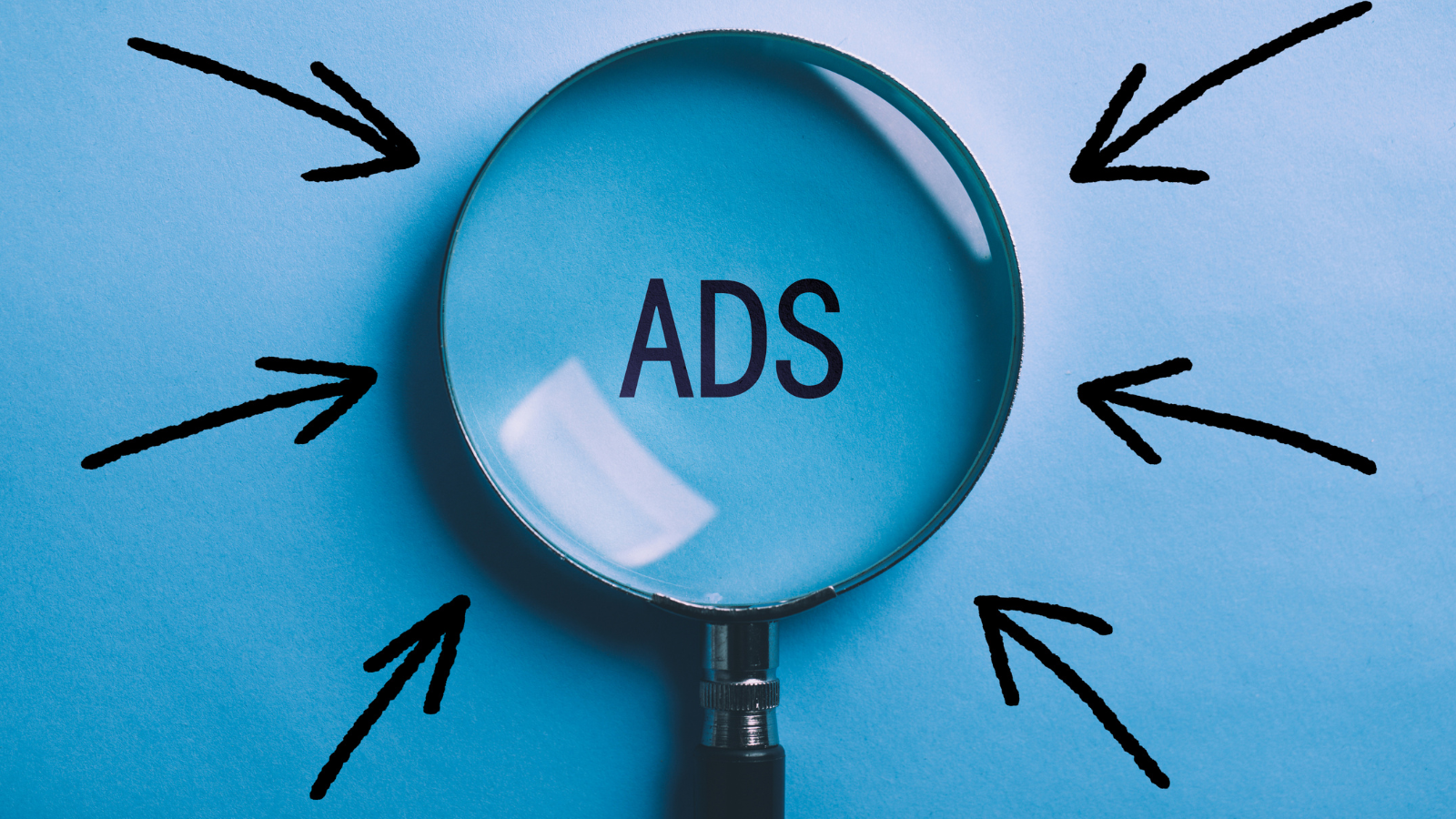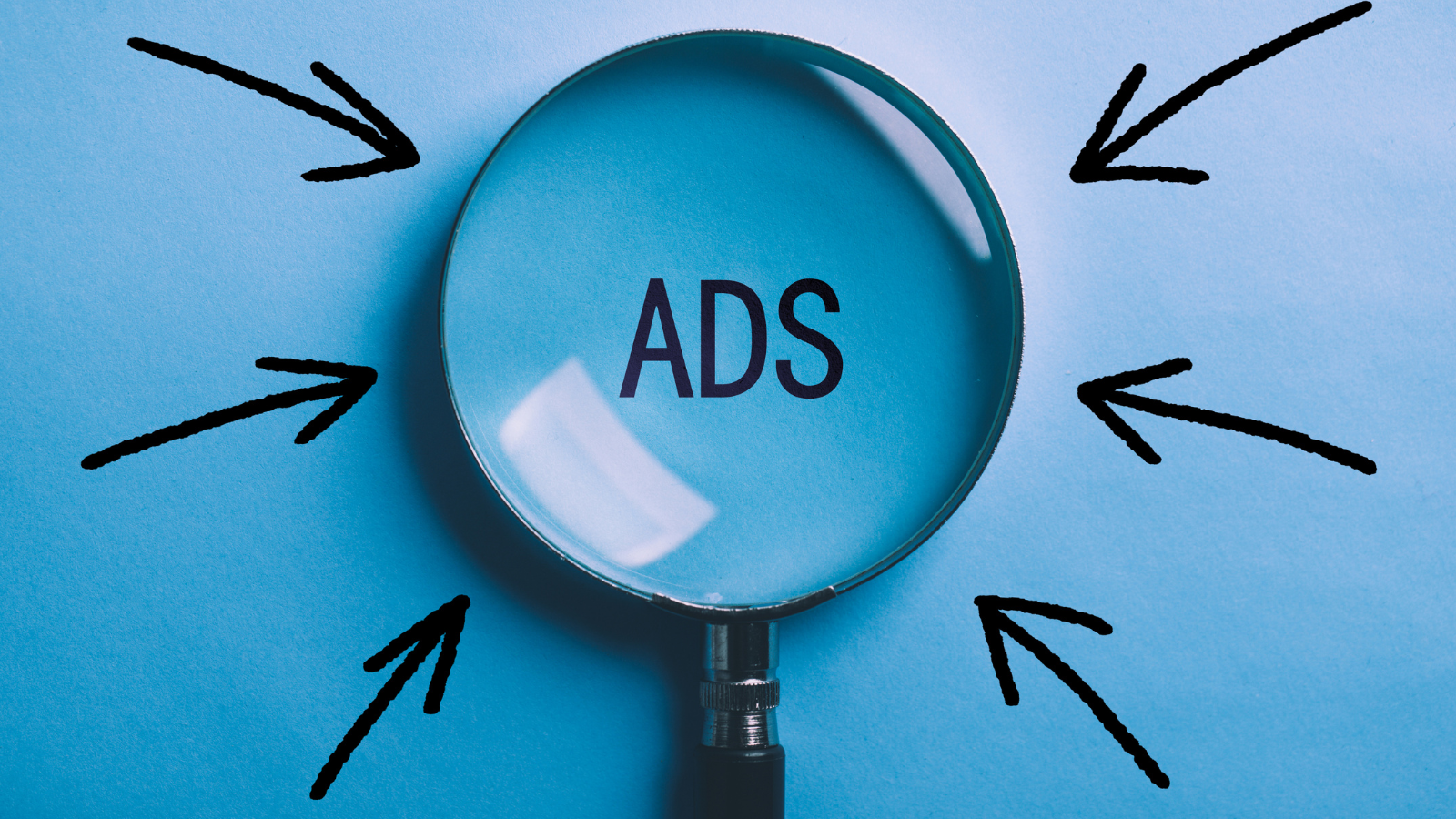How to Make AdWords and Inbound Work Together for Your Business
AdWords and inbound marketing are two different marketing strategies that can be used to attract and convert customers. However, they have some key...
2 min read
 Elissa Blankenship
:
January 11, 2024
Elissa Blankenship
:
January 11, 2024


Google Ads are a fantastic way to bolster your online efforts. However, it is important to note that they are part of the effort and ecosystem of a smart, agile online strategy, and one does not trump the other.
Inbound marketing is designed to improve your subject matter expertise online, drive traffic to your website organically, and ensure that your website is doing what most websites were designed to do — be a marketing and sales tool for your organization. Inbound marketing helps you drive traffic to your website. Think of your website as land you own. When you buy ads, you are renting audiences, and once your dollars stop flowing, often, so does the traffic. You have the power to build your built-in traffic with a strong inbound strategy.
However, Google Ads are a smart, powerful tool for businesses of all sizes to reach potential customers and grow their sales. Businesses make some pitfalls and common mistakes when using Google Ads. Here are a few to avoid.
Before running any Google Ads campaigns, you must have a clear goal.
What do you want to achieve with your campaigns?
Do you want to increase website traffic, generate leads, or drive sales?
Once you know your goal, you can tailor your campaigns accordingly.
Your keywords are the foundation of your Google Ads campaigns. If you're not using the right keywords, your ads won't be seen by the people you're trying to reach. When choosing keywords, think about the terms that your target customers are likely to use when searching for your products or services.
Negative keywords allow you to prevent your ads from showing irrelevant search queries. For example, if you sell shoes, you might want to add the negative keyword "free" to your campaigns to prevent your ads from showing for searches like "free shoes."
Setting a budget for your Google Ads campaigns is important so you don't overspend. You can set a daily or monthly budget, and Google Ads will automatically stop showing your ads when you reach your budget.
It's important to track the results of your Google Ads campaigns so that you can see what's working and what's not. You can track your results using Google Ads' built-in reporting tools or third-party reporting tools.
Ad extensions allow you to add additional information to your ads, such as your phone number, address, or links to specific pages on your website. Ad extensions can make your ads more informative and engaging, leading to higher click-through rates (CTRs).
It's important to test different versions of your ads to see which ones perform best. You can test different ad copy, headlines, and landing pages to see what resonates with your target audience.
Remarketing allows you to show ads to people who have already visited your website. This is a great way to stay top-of-mind with potential customers and encourage them to return to your website to make a purchase.
Conversion tracking allows you to track the actions that people take on your website after clicking on your ads. This information can help you to optimize your campaigns and improve your results.
No ad campaign will have an impact if you are driving people to a site that is outdated, unprofessional, or not optimized. So remember, build on your land (website) a tool only enhanced by paid tools, and your long-term customer acquisition strategy will be much more sustainable and successful.

AdWords and inbound marketing are two different marketing strategies that can be used to attract and convert customers. However, they have some key...

It’s easy to put inbound marketing and outbound tactics into two completely separate buckets. There's online lead generation, content marketing,...

Developing a solid inbound marketing and content strategy is something that most companies struggle with. In fact, a study from Ascend2 and its...